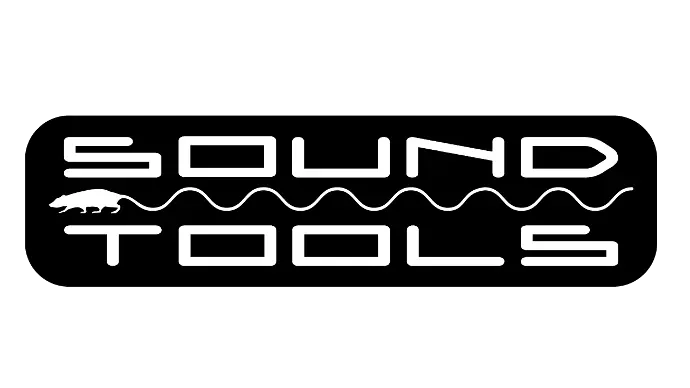SSL studio processing brought to the stage
Effects Rack
SSL Live consoles feature an internal effects rack that can be accessed via the insert points of Channels, Stems, Auxes and Masters as well as from the router. Designed to emulate a studio setup, the effects rack allows engineers to feel immediately comfortable creating complex effect routings with every parameter stored as part of the console automation. There are seven categories of studio quality, mono, stereo and multi-channel, ultra low latency effects designed specifically for live use. Reverbs, Delays, Modulation effects, EQ and even the famous SSL Stereo Bus Compressor are all included in a suite of more than 45 effects and tools. The effects rack has its own dedicated processing core with adaptive processing that intelligently reduces the overall processor overhead as you increase the effects load. Depending on the effect type up to 96 effects can be used in an L650 and up to 48 in an L350 Plus.


EQ
In addition to the options included in the full processing channels the effects rack offers additional EQ options: The G-Flex EQ (which comes in 8, 16, 24 & 32 filter versions) offers incredibly flexible Graphic EQ filters, a 10 or 6 band Parametric with a menu of selectable filter characteristics per EQ band and the smooth Contour program shaping EQ based on node selection operated with a familiar graphic EQ user interface. Allowing the creation of asymetric EQ curves.
Dynamics
In addition to SSL’s renowned channel Dynamics in the full processing channels, a full complement of insert effects includes our famous Stereo Bus Compressor and Listen Mic Compressor along with high quality De-esser, Dynamic EQ, gate, Multiband Compressor and Transient Shaper.


Reverb
Our Reverb tool kit brings studio hardware grade depth and precision to on board console effects. There is a complete collection including Gated, Early Reflection, Ambient, Cathedral, Stadium, Recording Room, Tight ER and Plate reverbs, a superb vocal processor and the creative effect ‘D Gen’ processor.
Delay
From simple delays to complex multi tap echoes, the Delay effects are ultra-versatile and processor friendly making complex delays easy to achieve. Delay types include: ‘Classic’ & Multi-Tap, Tape Echo, Ping Pong and feature modulation and filters. Delays can be set via numeric time, tempo tap or BPM (with note value scaler).


Warmth & Noise
The VHD Saturator is a digital emulation of the highly regarded SSL Variable Harmonic Drive (VHD) circuit that introduces variable amounts of 2nd or 3rd order harmonic distortion to give controllable blends of transistor grit or tube style warmth. There are ‘Guitar Cabinet’ and ‘Bass Cabinet’ emulations. Our Denoiser is the ideal processor for controlling noise polluted source material. Our Enhancer provides non EQ based frequency control tools and our Pitch Shifter is smooth and pure.
Audio Tools
When it comes to setting up, there is a fully featured tone/noise generator, a precision SPL Meter, a Phase Scope and the FPPO-lyer; the only built in FFT Analyser that provides true Fixed Point Per Octave analysis and thus truly accurate frequency analysis throughout the frequency spectrum. The FPPOlyser offers stereo analysis and two ‘cross hairs’; one tracks the maximum level and frequency and the other can be set monitor the level of a specific frequency.


Dialogue Automix
Taken directly from our broadcast consoles our Dialogue Automix system is a powerful aid to the professional mix engineer. One of the most challenging tasks a mix engineer can face is riding the faders to maintain a smooth, balanced mix in something like an awards show with multiple presenters. Dialogue Automix allows the operator to set the relative mix of 12, 16 or 24 microphones (per effect instance) and then automatically makes fast, transparent crossfades between them in response to incoming signal levels. It has two distinct benefits: it helps eliminate ‘noises off’ and uses a smart algorithm that maintains unity gain across the entire mic group, thus keeping the overall background noise level smoothly balanced. It frees the mix engineer to focus on balance and sound quality rather than be chained to the faders.




